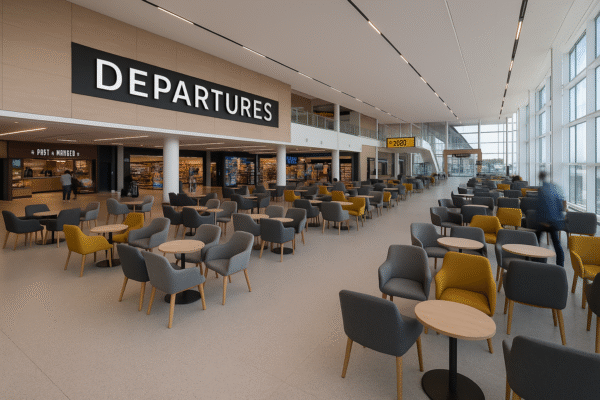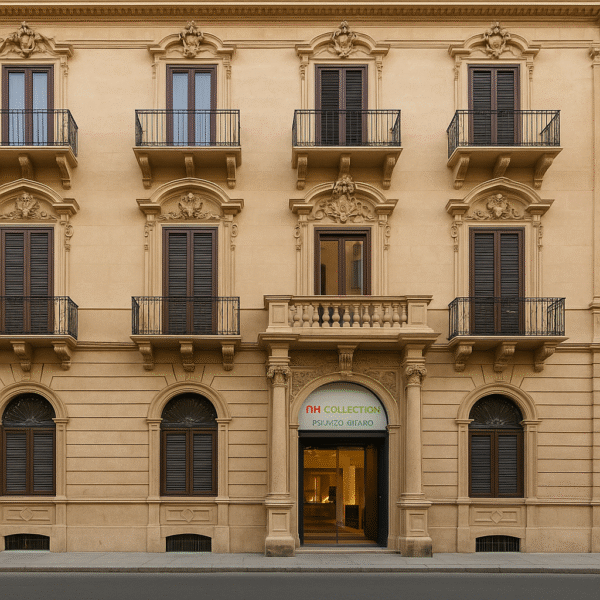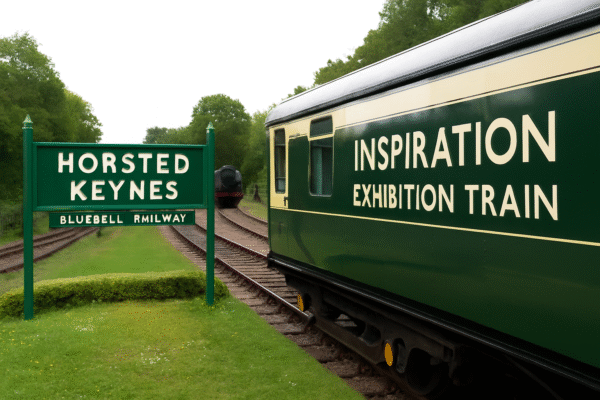As the United Kingdom commemorates two centuries of railway history, the Bluebell Railway in Sussex is marking this milestone with a remarkable event that has become a magnet for tourists and rail enthusiasts alike. From 18 May through 29 July 2025, the Inspiration exhibition train is stationed at Horsted Keynes, offering visitors a deep dive into the historical, social, and industrial significance of Britain’s iconic rail network.
More than 2,000 visitors are expected to attend the exhibition during its tenure, highlighting the ongoing appeal of heritage railways in promoting local tourism and generating rural economic growth. With free access to the exhibit included in Bluebell Railway tickets, the initiative underscores how these preserved steam lines are not only cultural artefacts but thriving contributors to the modern UK tourism economy.
Honouring the Past, Inspiring the Future
Located in the heart of Sussex, the Bluebell Railway is one of the UK’s best-preserved standard gauge steam railways, and a leading force in heritage rail travel. Originally opened in 1882 and later closed during the infamous Beeching cuts of the 1960s, it was revived by volunteers and reopened in 1960, becoming the first preserved standard gauge railway in the world to operate a public service.
Today, the Railway 200 celebrations—including the Inspiration train—connect generations through stories of industrial innovation, social change, and national identity. The exhibit itself invites visitors to interact with tactile displays and multimedia storytelling, covering everything from the first steam locomotives to modern rail innovations.
The centrepiece, a juxtaposition of the 1872-built Fenchurch steam locomotive and a contemporary exhibition carriage, bridges history and progress, showing how rail transport has evolved over two centuries. It also promotes future engagement, particularly among younger audiences, by showcasing railway careers and technical roles that remain vital today.
Heritage Rail as a Pillar of UK Tourism
According to VisitBritain and the Heritage Railway Association (HRA), heritage railways collectively attract over 13 million visitors each year and contribute more than £400 million to the UK economy. In this broader landscape, the Bluebell Railway stands out not only for its meticulously restored engines and stations but also for its educational outreach and year-round programming.
Running from East Grinstead to Sheffield Park through the scenic Wealden countryside, the railway has become a staple for school excursions, film shoots (including Downton Abbey and The Woman in Black), and international group tours. The route serves as a living museum of British transport history, offering slow travel experiences increasingly valued by sustainability-conscious tourists.
The Inspiration exhibition bolsters this narrative by emphasizing not just trains but the people, places, and professions behind the railways—supporting cultural storytelling that aligns with VisitEngland’s goal of diversifying UK tourism beyond major cities.
Economic and Cultural Boost for Sussex
Local businesses in and around Horsted Keynes have reported increased footfall since the exhibition launched. Visitors often pair their railway journeys with stays in nearby B&Bs, meals in village pubs, and day trips to regional attractions such as Ashdown Forest and the Bluebell Vineyard Estates. According to the South Downs National Park Authority, heritage tourism like this fosters sustainable rural economies, creating jobs and preserving local traditions.
Furthermore, initiatives like Inspiration play a key role in community education, offering apprenticeship pathways and volunteer roles that keep traditional rail skills—such as boiler maintenance, mechanical restoration, and historical curation—alive for future generations.
Promoting Intergenerational Tourism
The Bluebell Railway appeals to a wide demographic. Families enjoy themed days such as Santa Specials and Teddy Bear Picnics, while historians and engineers flock to restoration showcases and driver experience events. The Inspiration exhibition unites these audiences by offering layers of engagement for every age and interest.
For overseas tourists—particularly from markets such as the U.S., Germany, and the Netherlands—heritage rail experiences add depth to UK itineraries. Bluebell’s inclusion in rail-centric travel packages and international heritage circuits boosts its profile as a must-visit destination.
As part of the government’s Railway 200 campaign, the event also aligns with broader national efforts to inspire public pride in the UK’s rail legacy, contributing to a surge in domestic travel and cultural tourism.
A Living Legacy: What’s Next for the Bluebell Railway?
While the exhibition concludes in July, the Bluebell Railway’s role in British tourism continues year-round. Upcoming events include vintage vehicle days, 1940s reenactment weekends, and educational STEM rail workshops. The line is also part of the Rail Ale Trail and offers regular afternoon tea services in beautifully restored carriages, blending nostalgia with hospitality.
The Railway’s ability to attract visitors long after the exhibition closes demonstrates how heritage travel can be both rooted in the past and invested in the future.
Conclusion: Steam Ahead for Cultural Tourism
The Inspiration exhibition at Horsted Keynes exemplifies how UK heritage railways like the Bluebell serve not only as stewards of history but as dynamic engines of tourism and regional regeneration. By celebrating 200 years of rail innovation and inviting new generations to engage with its legacy, the Bluebell Railway cements its place as a leading player in the UK’s cultural and experiential tourism scene.
Whether you’re a train enthusiast, a history buff, or simply someone seeking a unique day out in the English countryside, the Bluebell Railway’s steam-powered journey into the past offers an unforgettable ticket to ride.
For more travel news like this, keep reading Global Travel Wire



















